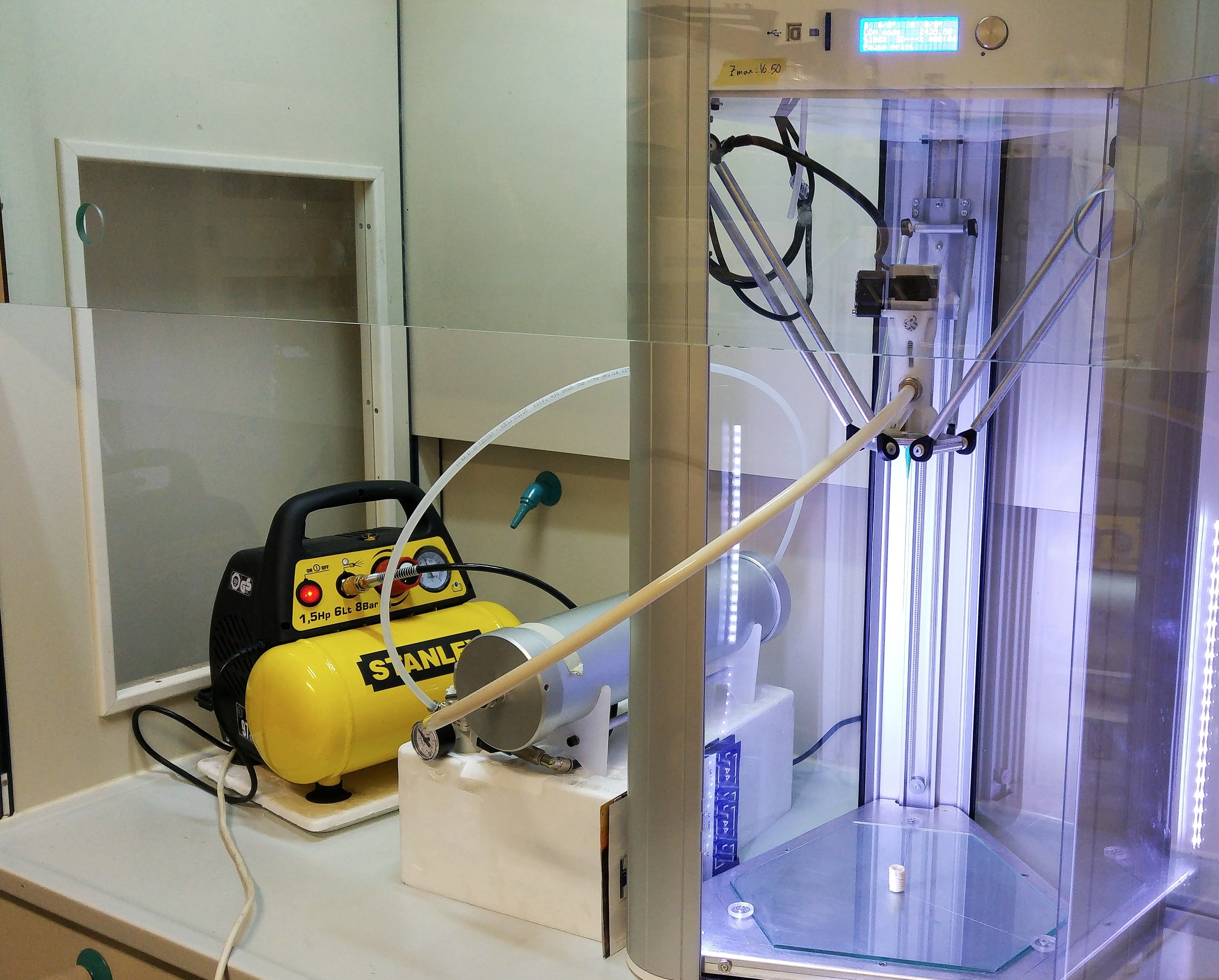 Interview with Domenico Azzollini, PhD candidate at the University of Foggia and currently guest PhD at the University of Wageningen
Interview with Domenico Azzollini, PhD candidate at the University of Foggia and currently guest PhD at the University of Wageningen
What is your university education?
I had an international education, since I had several times the chance to study abroad while remaining tied to the Italian Universitiy. In fact, I initially obtained a Master Degree in Food Science and Technology at the University of Foggia, discussing a final dissertation written during a training period at the University of Helsinki, Finland. Subsequently, in 2014, I started a PhD at the Department of Agricultural Sciences, Food and Environment at the University of Foggia, and I am currently at the University of Wageningen in the Netherlands to carry out research related to my PhD project.
What is the topic of your PhD at the University of Foggia? Which type of activities do you carry out in Wageningen and how did join this University?
I’m carrying out a PhD in “Innovation Management in Agri-Food Systems in the Mediterranean region” and my research is focused on the use of edible insects as food. My Tutor Prof. Carla Severini gave me this opportunity, and together with Dr. Antonio Derossi we are studying indeed the possibility of obtaining food enriched in insects, and in particular snacks, through the use of both traditional technologies such as the extrusion cooking and innovative technologies, such as the 3D printing. Specifically, we evaluate the potential advantages and disadvantages arising from the use of insects under the nutritional, technological and microstructural profile. Here in Wageningen I’m studying the importance of the microstructure on the digestibility of these snacks.
Is the project funded by some private investors?
No, there are no private investors financing the project, but funds dedicated to doctoral and internal research funds. However, our group is among the first in Italy to research on these issues, and, as has already happened in the past, it is not excluded that there might be private investors in the future.
How edible insects should be treated in order to obtain a substance that can be printed in 3D?
First of all insects undergo treatments already in use in other foods such as drying, which make them storable and convertible into flour. Once powdered, insects become unrecognizable and versatile, and can eventually be mixed with cereals flour or other food ingredients in order to obtain 3D-printable pastes. There might be the possibility to extract specific nutrients from insects, such as proteins or fats, but we preferred to maintain the integrity of the matrix to evaluate both its industrial and domestic applications. Moreover, it is becoming increasingly clear that the effectiveness of many nutritional/functional components is bigger if they remain in their original matrix rather than being isolated.
Did you modify a commercially available 3D printer or was it necessary to design and build a completely new device?
As you can imagine, the use of 3D food printing is still at an early state of development on the international scenario. Nonetheless, its use is becoming more and more widespread in the medical, engineering and military field. Our printer was designed in Italy and conceived for printing fluid-dense materials such as ceramic and clay. Our efforts have focused on preliminary studies of process formulation and optimization for the use of food matrices, keeping the printer in its original form.
What kind of possibilities will this technology offer to a business user (i.e. a restaurant or similar)? And to the home user (all of us at home)?
Almost boundless. Consider, for example, the printing of foods with attractive shapes for the children, inviting geometries for the catering sector or functional designs with innovative structural properties. However this evolution does not stop there: it also extends to logistical level, thus giving the possibility to produce food in a flexible and decentralized way, even at the household level. Just think about a diet which could be fully personalized in the nutrient composition for sportspeople for example, in the caloric content for food-conscious people, or in the composition and texture of the food itself for people who are allergic, intolerant, or with eating disorders such as dysphagia. Finally, food printing may even encourage the development of genetically-based nutritional customization, even though this is one of the most futuristic applications and currently hardly conceivable.
Do you think that insects should be “disguised” as much as possible in order to overcome the sense of disgust and be accepted in the Western world as a food?
Disgust against insects in the western world has an anthropological nature. However, as already happened in the past with some meat organs, their acceptability has been improved by making them attractive and familiar in taste, appearance or texture. It is likely that the unrecognizable presence of insects in familiar food would facilitate their acceptability and the propensity to consumption. That’s the reason that led us to study the feasibility of introducing edible insects in consumer foods such as snacks.
What development will entomophagy have in the western wountries?
Even though this is difficult to forecast, the awareness that insects are consumed by eastern populations since a long time, that they have good nutritional properties and are eco-sustainable, is increasing more and more. It is therefore likely that an awareness campaign and a prompt and clear legislation regarding this entomophagy issue will encourage its development, as has already happened in some countries in the European Union.





